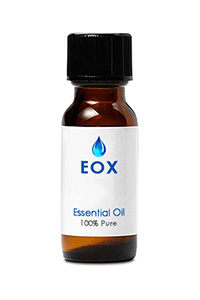New ArrivalsGift Ideas Specials Contact Us

WINTER 5% OFF SALE!
SITEWIDE05
Simply enter the above coupon code and save 5% on your ENTIRE ORDER!
Use PayPal, cash, or checks! NO LIMIT!

Now In: CATEGORIES → Essential Oils → 15ml Bottles → Essential Oil - Myrtle
Botanical name: Myrtus communis Color: Pale yellow to orange Consistency: Thin Perfumery note: Top to middle Related planets/deities: Venus Aroma: Fresh, herbal, camphoraceous Energetic Properties: Uplifting, euphoric Aromatherapy properties: A yellow to pale orange mobile liquid with a fresh, camphoraceous herbal odor. It blends well with herbaceous or slightly spicy oils such as bergamot, clary sage, clove, ginger, hyssop, lavender, lime, and rosemary. Spiritual uses: The fresh yet herbal scent of myrtle may be helpful for centering the mind before meditation. The oil is often used to elevate mood, promote calm, and cleanse the emotions. With its balancing energy, myrtle oil may be helpful to people who are working to quit smoking or break other addictive patterns. Blends well with: Herbaceous or spice oils such as Bergamot, Clary Sage, Clove, Ginger, Hyssop, Lavender, Lavandin, Lime, and Rosemary. History: In ancient Greece and Rome, myrtle was credited with creating and sustaining love; myrtle plants were planted around temples to Venus in Rome, and the priests of the Eleusian Mysteries in Greece wore myrtle crowns around their heads. Myrtle was also well-known in herbal medicine: Dioscorides prescribed a potion made of myrtle leaves macerated in wine to treat lung and bladder infections. Culpepper described myrtle as drying and binding, and prescribed the herb to treat “wet” conditions such as diarrhea and dysentery. Myrtle was also an important ingredient in Angel’s Water, a 16th century skin care formulation. Myrtle branches often feature in wedding ceremonies in the Mediterranean, where they symbolize the transition for women from maidenhood to sexual maturity. |
|
|||||||
|
|||||||





